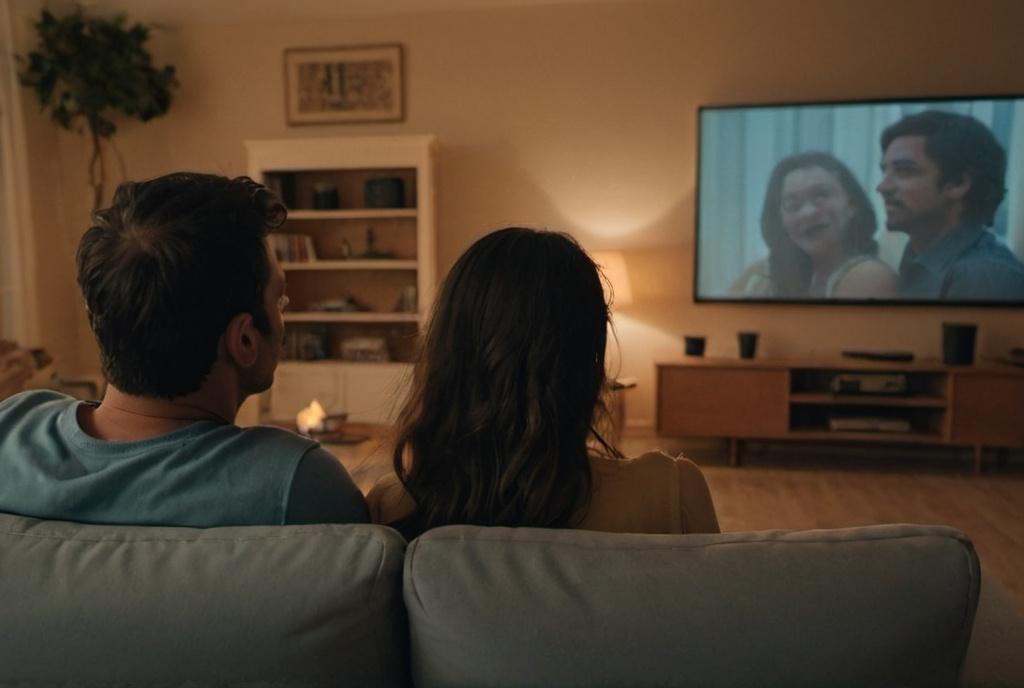
Key Take Aways About film editing basics
- Film editing combines art and science, creating coherence from a director’s vision and numerous shots.
- History: From physical snipping to digital editing, enhancing speed and flexibility.
- Key techniques include varied cuts, ensuring emotional impact and continuity.
- Editing influences storytelling through rhythm, pacing, and emotional emphasis.
- Modern tools like Adobe Premiere and Final Cut Pro revolutionize editing capabilities.
- Color grading and effects tailor the mood, enhancing genre-specific vibes.
- Editing blends creativity and technical skill to engage and immerse viewers.

Understanding the Essence of Film Editing
Film editing is a bit like assembling a jigsaw puzzle, except you don’t have a picture on the box to guide you. Instead, you’ve got a director’s vision, a script, and hundreds of shots to weave together into something coherent. It’s a mix of art and science, much like sprinkling a bit of magic into a stew without knowing exactly how much is too much.
The Historical Tapestry
Back in the day, film editing involved literal scissors and physical film. Editors would snip strips, hang them up like laundry, and stitch them together. The process was as tedious as it sounds. Then came digital editing, revolutionizing the process—goodbye scissors, hello keyboard. The digital age allowed editors to manipulate footage with just a click, making the whole thing faster and more flexible.
The Fundamental Techniques
Film editing boils down to a few basics. Think of them like spices in the editing kitchen. You’ve got your cuts—straight cuts, jump cuts, and the ever-classy fade outs. Each has its own flavor, intended for different emotional impacts. Straight cuts are like a punch to the gut, quick and direct. Jump cuts, on the other hand, are the caffeine jolt—abrupt and disorienting. And those fade outs? They’re the smooth operator, easing the audience into the next scene or mood.
The Power of Continuity
Continuity is the editor’s unsung hero. It’s the art of ensuring consistency in the story—making sure that if a character walked into a room with a hat, they don’t magically lose it in the next shot. Continuity keeps the illusion alive, preventing viewers from scratching their heads and saying, “Wait, what just happened?”
Cutting for the Story
Ever notice how your heart races during a car chase or how it sinks during a sad farewell? That’s no accident. Editors cut scenes to emphasize the emotions the story demands. A fast-paced sequence with quick cuts can make viewers’ pulses race, while longer, lingering shots can evoke a sense of deep sorrow or intimacy.
Rhythm and Pacing
Editing is a bit like a dance. It’s all about rhythm and pacing. Too slow, and you lose the audience; too fast, and you leave them dizzy. The editor’s job is to find that sweet spot, the tempo that carries the story forward while keeping viewers engaged.
Modern Technology’s Role
Today’s editors have tools that folks in the black-and-white days could only dream of. Software like Adobe Premiere and Final Cut Pro are a couple of big names in the editing game. These digital wizards allow editors to play with footage without breaking into a sweat. Effects, coloring, and sound can be manipulated with ease, making edits sharper and more impactful.
Color Grading and Effects
Once the shots are pieced together, editors often play with color grading to set the mood. Imagine a horror film with bright, cheerful colors—doesn’t quite work, does it? Darker tones and shadows set the eerie vibe. Similarly, action films might use a cooler palette to enhance tension.
Personal Anecdote: My First Editing Gig
A few years back, in my early editing days, I volunteered to edit a short film for a friend’s project. Armed with nothing but enthusiasm and barely a clue about editing software, I tackled the footage. I remember staying up till dawn, trying to make sense of a particularly tricky scene transition. There was something magical about finding that perfect cut, when the shots aligned just right—a bit like completing a tough puzzle. The satisfaction was worth the sleep deprivation.
Conclusion
In a nutshell, film editing is about blending creativity and technical skill to tell a story. It’s the harmony of visuals, sound, and timing, crafted with precision. So next time you watch a flick and find yourself lost in its world, give a nod to the editor lurking behind the scenes, pulling strings to keep you enchanted.



